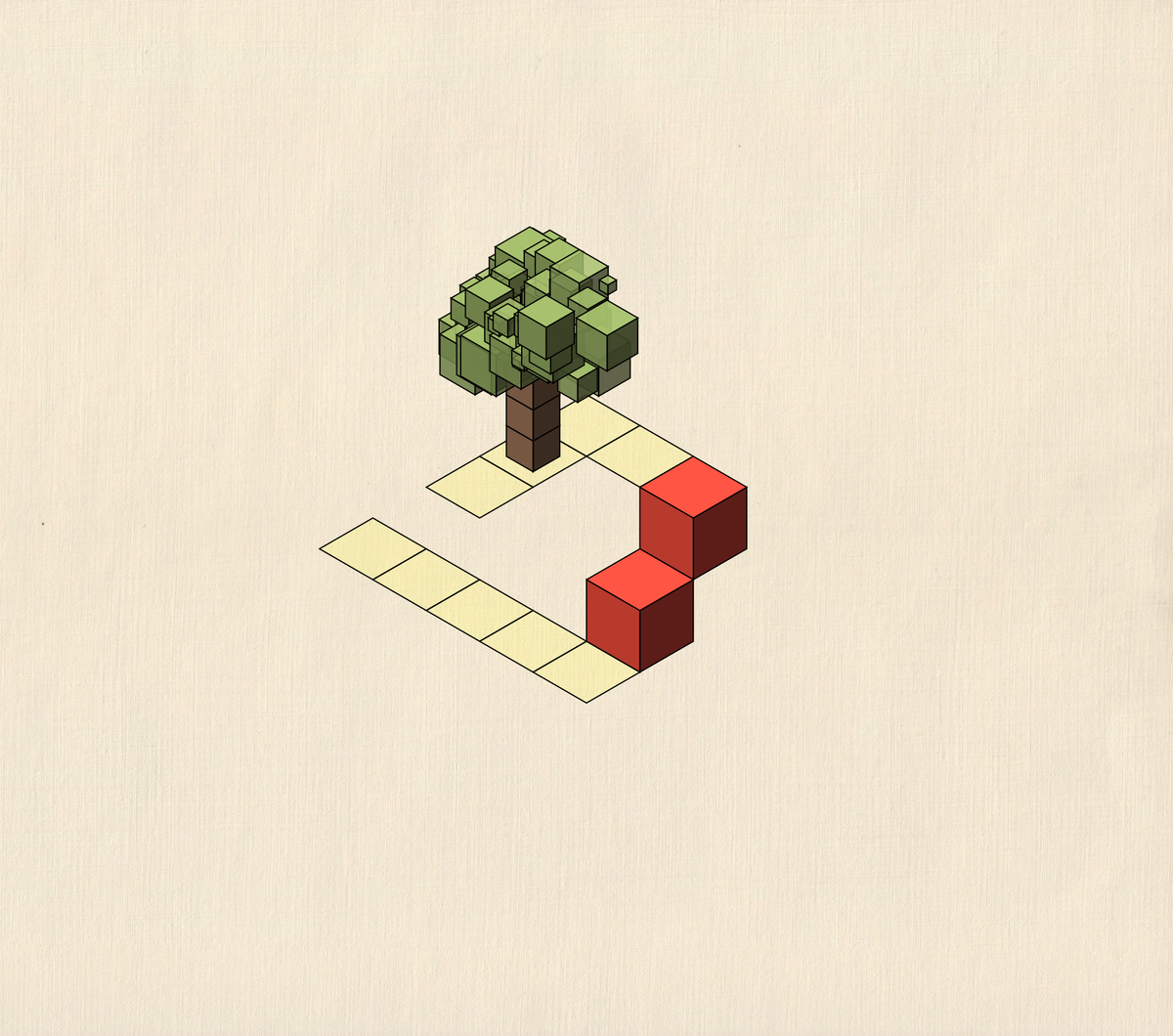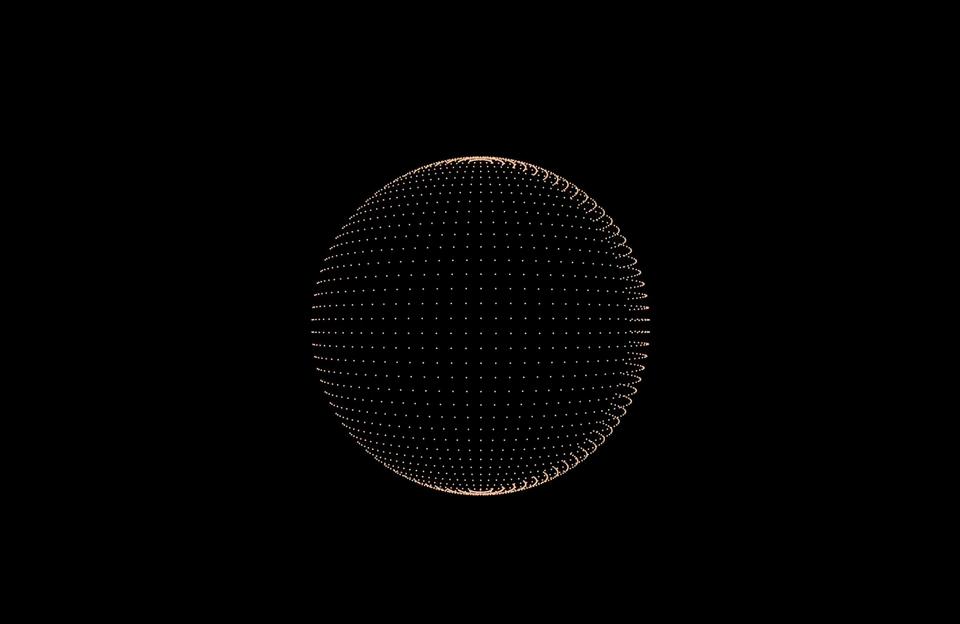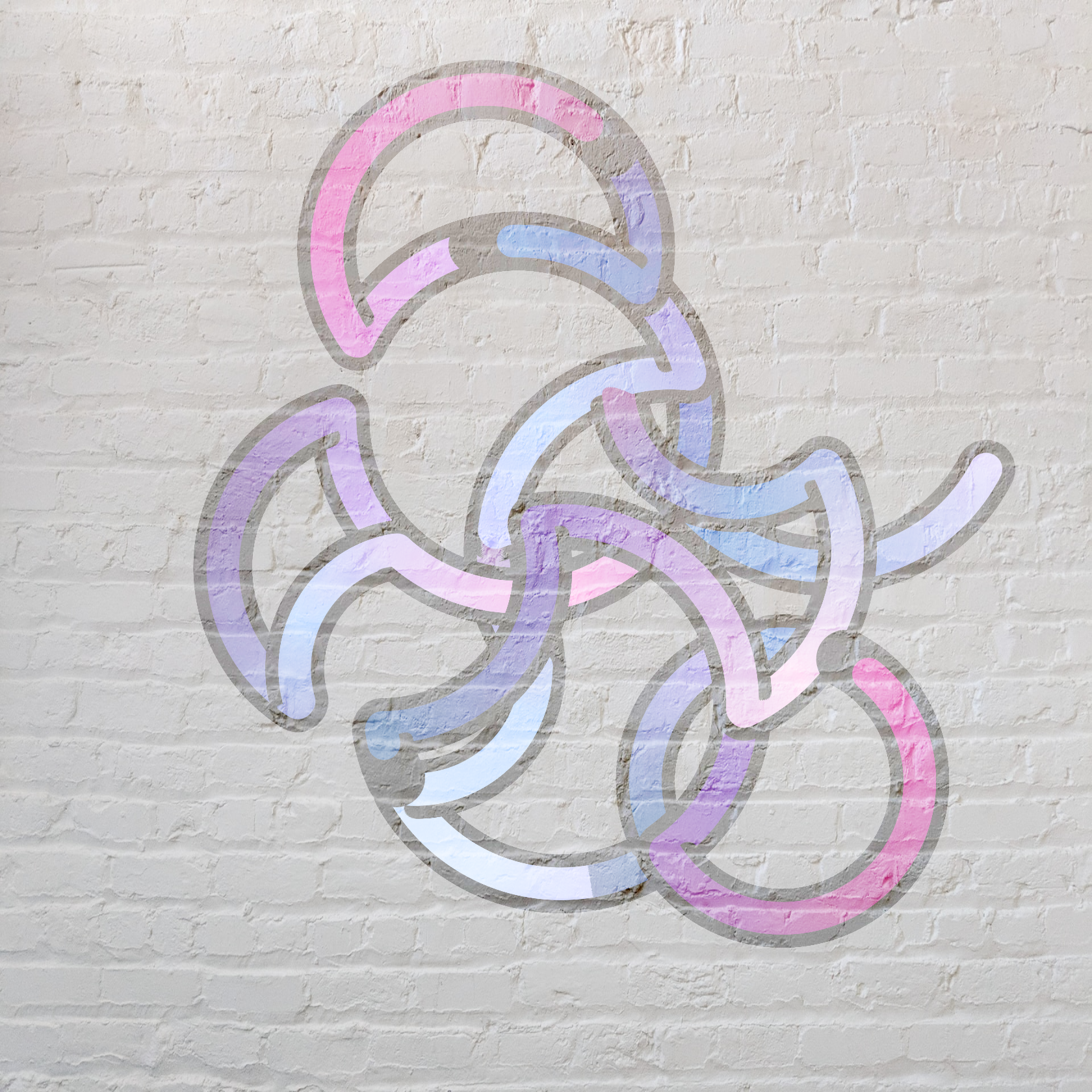TLDR: Isometric art
The building blocks of a basic isometric engine

Isometric perspective always a unique charm that I loved. In my toxic habit of rewriting everything from scratch, I began tinkering with the idea of building my own isometric engine, mostly for the sake of learning.
The basics
Isometry relies on a gentle illusion—taking a three-dimensional space and carefully placing it on a two-dimensional plane. The foundation of any isometric engine requires 2 main components:
- a formula to translate 3D coordinates to 2D isometric ones
- a method of drawing elements so they look right
I've summarised the approach in this easy to use flashcard:
The points to notice:
- On the top left you will find a formula (the conversion of coordinates)
- Drawing the cube has a few key points:
- For a cube there should be 6 points evenly spaced on a circle
- The angle between them would therefore be 2π / 6
- Conversion of polar to cartesian coordinates is used to place the points
- The side of the cube is equal to the tiling on the ground



